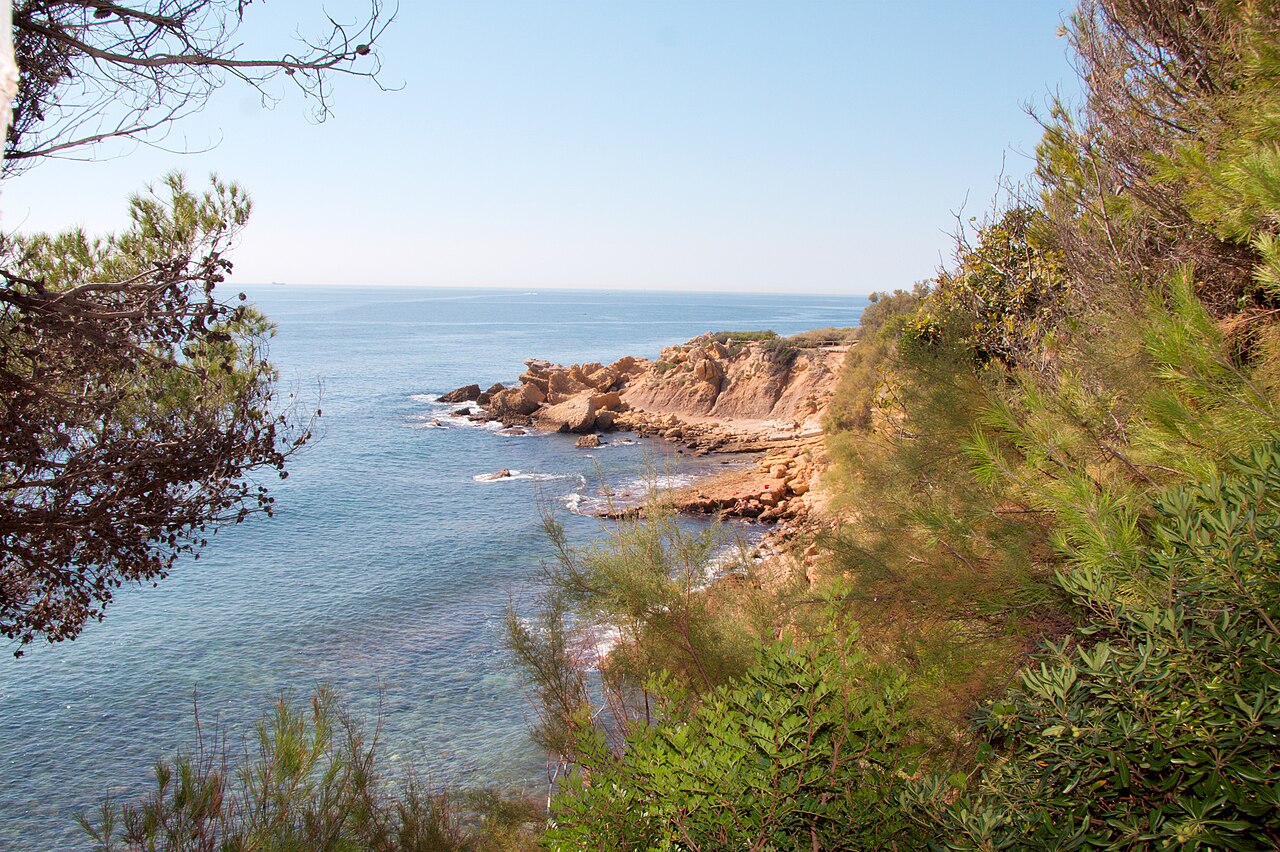Freshwater biodiversity in the Douro river basin in Portugal and Spain
As part of the Reconnecting Iberian Rivers project, the IUCN Centre for Mediterranean Cooperation has launched a web story and a report on the freshwater biodiversity in the Douro river basin in Portugal and Spain
The Reconnecting Iberian Rivers project is the product of a partnership between GEOTA, CEDOUA, Rede Inducar, Wetlands International, WWF-Spain and WWF Portugal (ANP/WFF), with financial support from the MAVA Foundation.
Flowing through Spain and Portugal, the Douro River forms the natural border between the countries for 112 km and is an important agricultural and industrial driver for the Iberian Peninsula. The river is an important ecological region, due to the high diversity of ecosystems and the large number of species dependent on this lifeline flowing through the arid Castillian meseta.
However, several hydro-dams, intensive agriculture, high water consumption and the invasion of non-native species have modified the landscape and are threatening the well-being of the freshwater biodiversity.
The partnership recommends several conservation measures, including:
- Developing containment and eradication plans for the control of non-native species
- Undertaking a survey for the removal of many obsolete barriers
- Building fish passages on barriers impermeable for migratory fish
- Avoiding agricultural practices with high water consumption
- Putting in place a water management plan
The web story will guide you through the freshwater biodiversity found along the Douro River and the role of Key Biodiversity Areas in their conservation. There is also an interactive panel available with more data on the assessed freshwater biodiversity in the Douro River.



